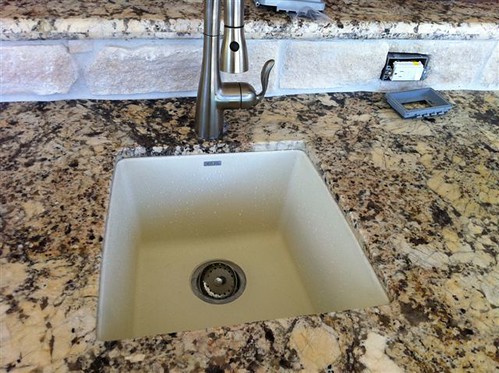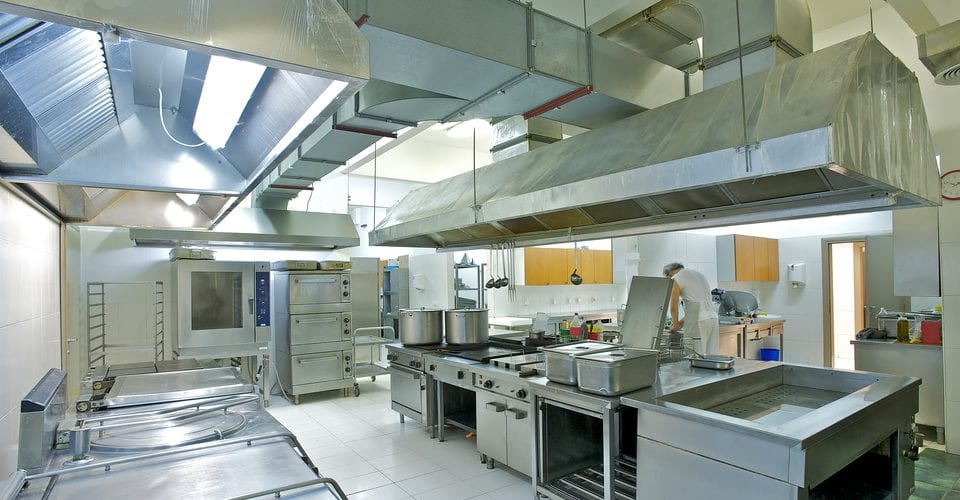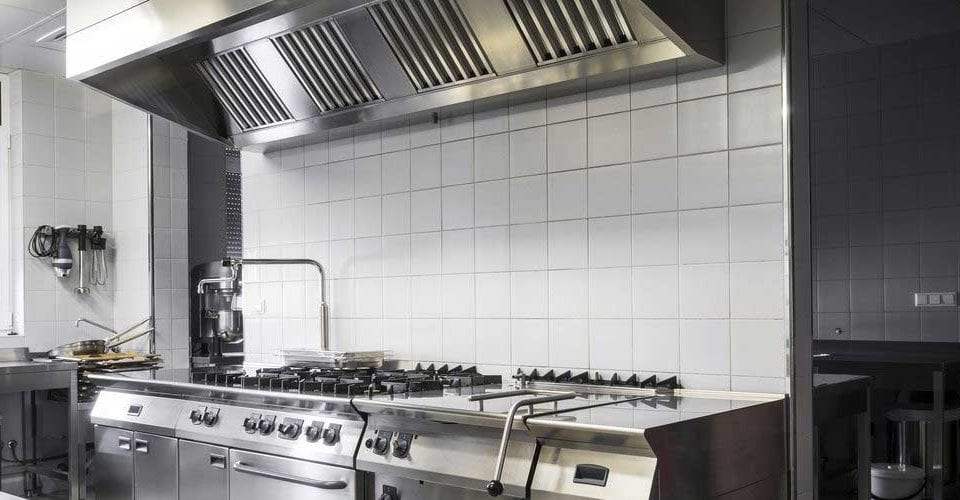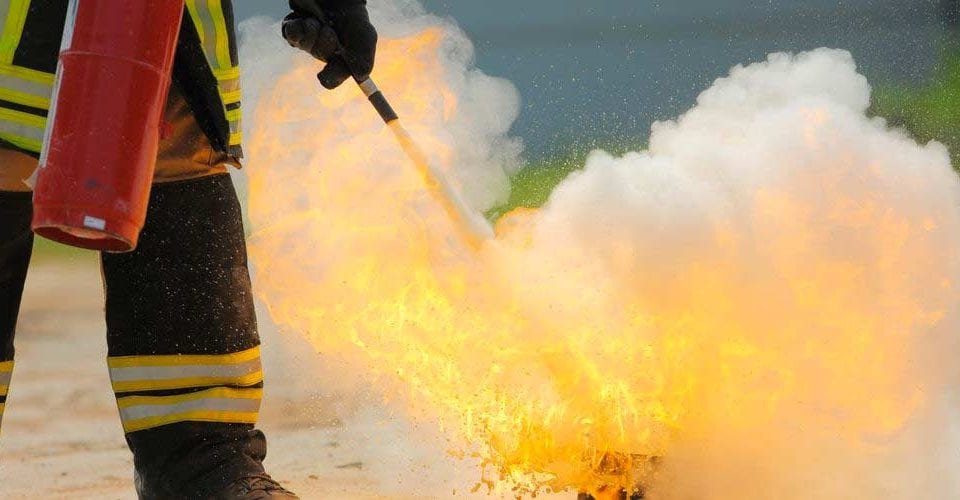
Firefighters Encourage People to Clean Their Hoods to Avoid Grease Fires
November 25, 2013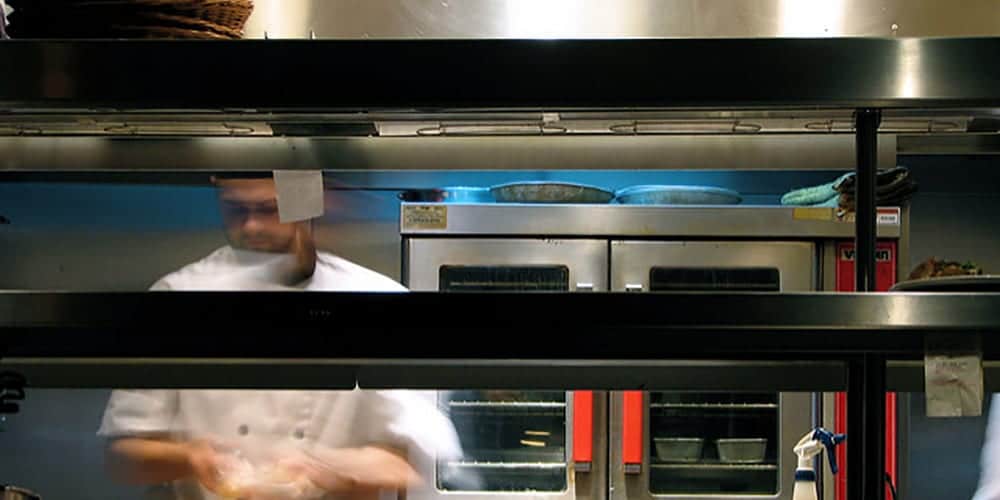
How Does the Hood Cleaning Process Work? A Step-by-Step Guide
December 16, 2013It’s that time of year when you need to (sadly) say goodbye to your outdoor kitchen until warm weather returns. Create a checklist, if necessary, for winterizing this outdoor space.
Sinks
Prepare your outdoor kitchen sink for winter by closing the shutoff valves and remembering to disconnect both cold and hot water supplies. Ensure the supply lines are drained completely and remove faucets for indoor storage. All water lines must be drained to avoid pipe freezing, which results in cracks and other damage. Drain valves should remain open. Don’t forget to cover sinks with pieces of tarp or other applicable material to prevent debris from collecting in basins.
photo courtesy of Texas Custom Patios
Refrigerators and Ice Makers
Refrain from covering your fridge or ice maker, as this creates an ideal environment for mold to flourish due to excess moisture. Trapped moisture can also cause electrical damage. Wipe interior of refrigerator/freezer or ice maker after removing all ice trays and ice cubes so they are completely dry. White vinegar and water solution is ideal for cleaning as it kills any mold and mildew. Use about 1/4 cup of vinegar for every cup of water used.
Electrical Units
Turn off all electrical units when winterizing your outdoor kitchen via either the circuit breaker or by unplugging appliances individually.
Cabinets
Don’t forget to wipe down all cabinets and stone countertops with a quality cleaner, such as white vinegar and water solution. It’s also a good idea to seal stone countertops to prevent staining from leaves or cracks and chips from freezing water/moisture.
Keep these tips in mind when winterizing your outdoor kitchen this season! For more information on hood cleaning services in Las Vegas, please contact us today.



